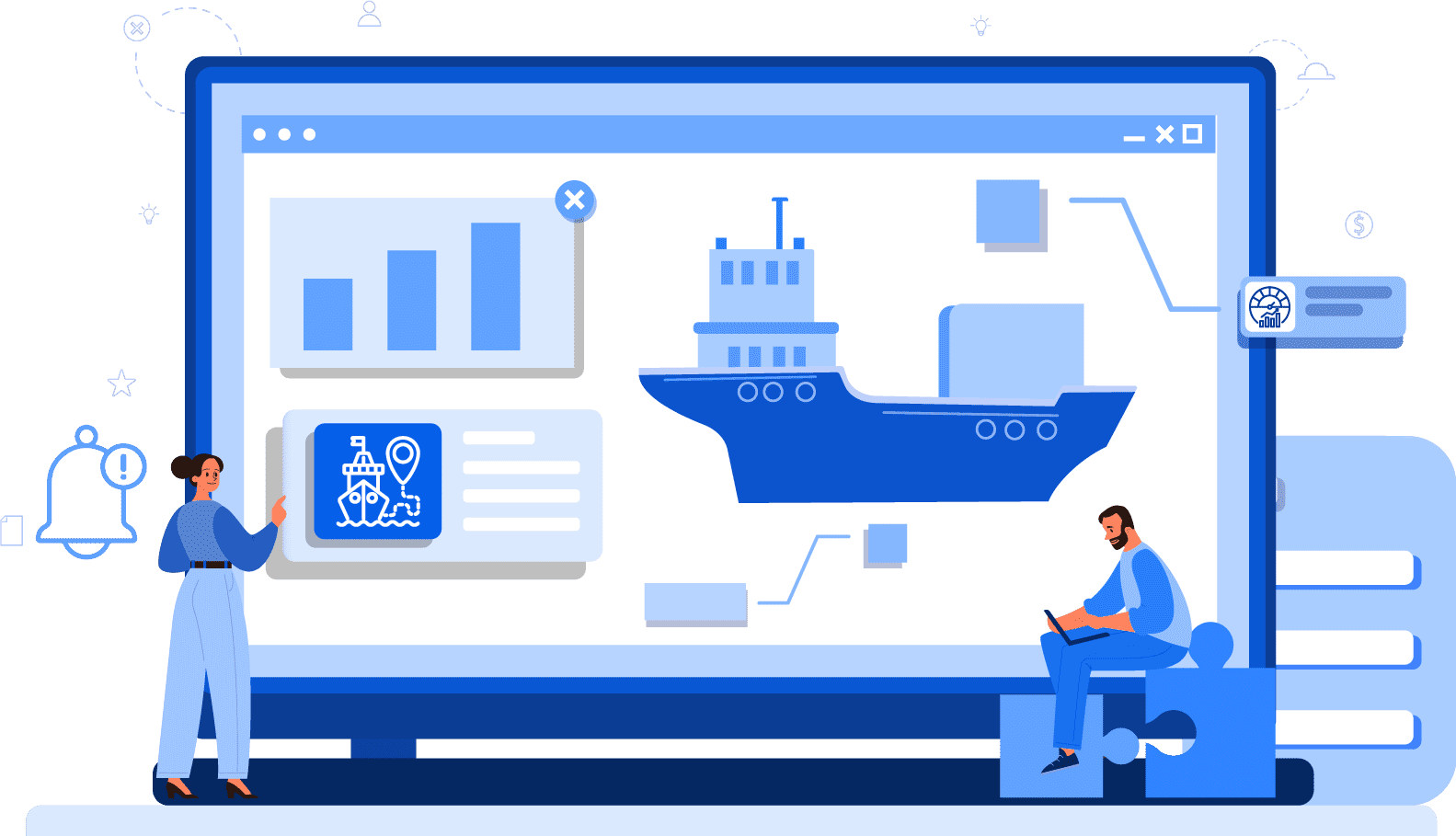Mergers and acquisitions (M&A) have become the primary engine of strategic transformation and growth within the global Marine Management Software market, serving as the principal mechanism through which the industry consolidates and builds comprehensive, end-to-end digital platforms. This M&A activity is not random; it represents a series of deliberate, strategic moves by companies to build scale, acquire critical technologies, and enhance their competitive positioning in a rapidly evolving marketplace where digitalization is no longer an option but a necessity. An analysis of Marine Management Software Market Mergers & Acquisitions reveals that these transactions are the most powerful tool for reshaping the competitive landscape. Leading providers and their private equity backers are using a disciplined M&A strategy as a faster and often less risky alternative to organic, in-house development for entering new product categories, incorporating advanced technologies like AI, and ultimately creating a more valuable and defensible business in the face of intense competition.
The strategic rationale behind the consistent M&A activity in the marine software sector is clear and consistent: the pursuit of the "integrated digital shipping platform." A primary driver for acquisitions is the need to build a complete, end-to-end portfolio that covers both the commercial and technical aspects of ship management. For example, a company with a strong position in commercial management software (chartering and operations) might acquire a provider of technical management software (planned maintenance and procurement) to create a single, unified platform that breaks down the historical silos between these two critical functions. Another major driver is the acquisition of cutting-edge technology. With the industry facing immense pressure to decarbonize, there has been a flurry of acquisitions of smaller companies that have developed innovative software for vessel performance monitoring, fuel optimization, and emissions reporting. This allows the acquirer to quickly integrate these high-demand capabilities into their platform and offer a compelling solution to help their clients meet their sustainability goals.
The cumulative impact of this sustained M&A activity is a fundamental reshaping of the market's structure and competitive dynamics. The most evident result is the creation of larger, more powerful, and more functionally complete platform providers who can offer a truly "all-in-one" solution to their clients. This intensifies the competitive pressure on mid-sized and smaller players who may only offer a single point solution, forcing them to compete in a market where integrated suites are increasingly the expectation. For the shipping companies that are customers of the acquired entities, an acquisition can bring access to the greater resources and broader product roadmap of the new parent company. The Marine Management Software Market size is projected to grow USD 3.94 Billion by 2030, exhibiting a CAGR of 10.64% during the forecast period 2024 - 2030. However, it also introduces potential disruption, uncertainty about the future of the product they use, and potential changes in support and pricing. For the market as a whole, this M&A trend is a powerful force that is accelerating the industry's digital transformation.
Top Trending Reports -



